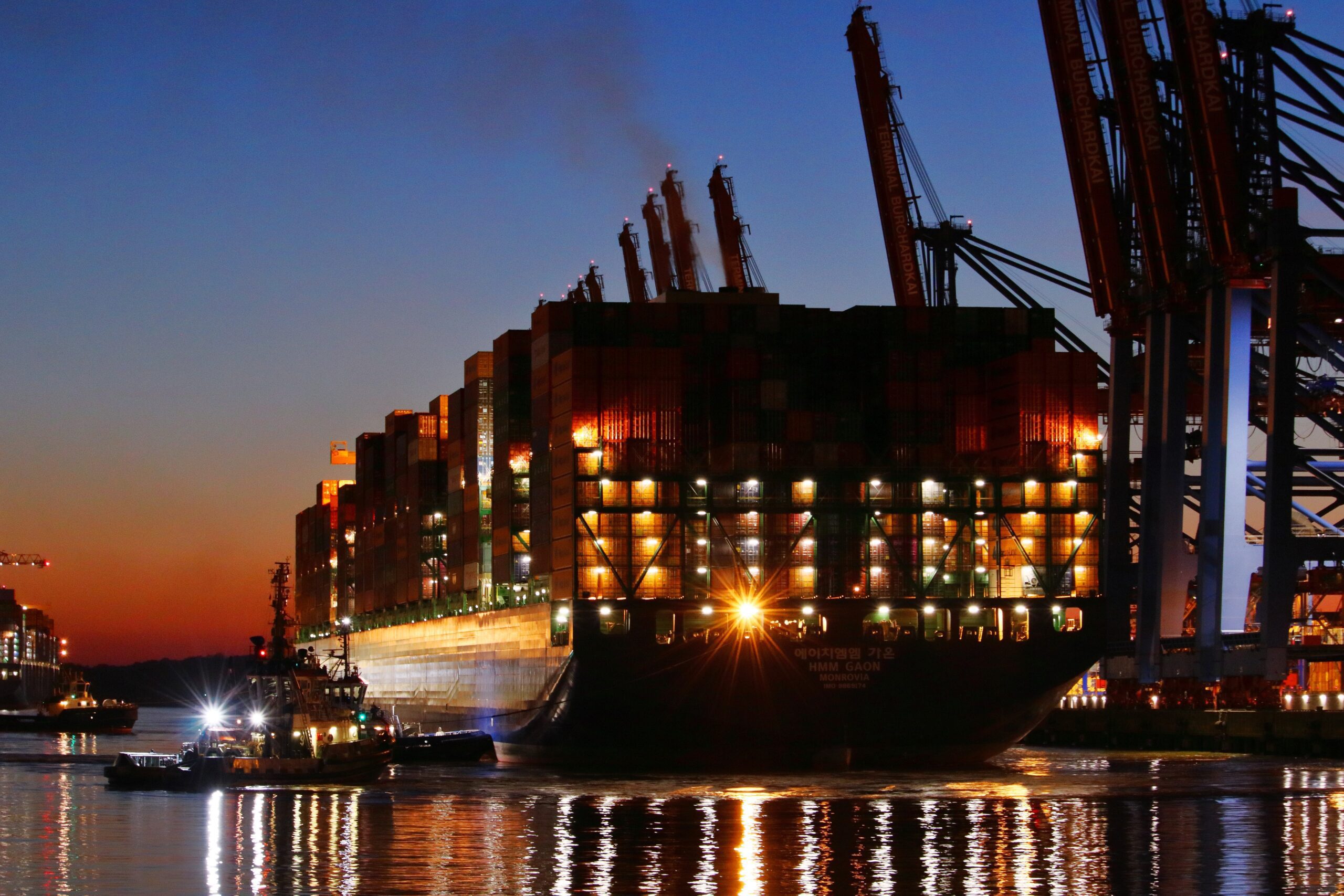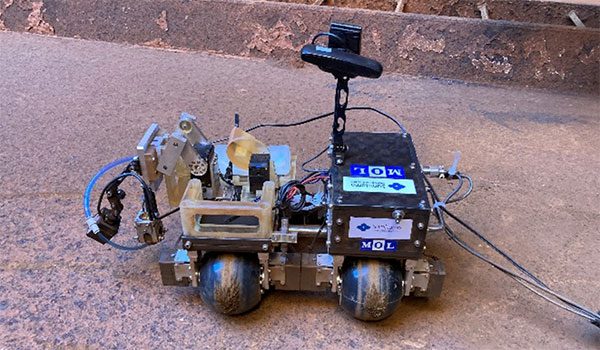28 November 2024
IoT Technology for Shipping Operations

The Internet of Things (IoT) technology is a flourishing ecosystem of companies that address challenges to improve the industry. From managing soil levels in remote farms in order to yield better harvests to connecting the appliances inside our homes. This technology is applicable everywhere to manage, track, and locate anything.
What is the IoT technology?
IoT refers to a system of interrelated, internet-connected objects that are able to collect and transfer data over a wireless network without human intervention.
Why in Shipping?
Despite the size of the maritime industry, IoT technology is mostly put in shore-based activities.
Mankind has exercised the transportation of goods through water and across the globe since 1500BC. However, we lack in monitoring our activities in the oceans which is historically extremely challenging.
According to estimations reported for 2020, there are on average 1,382 containers lost at sea each year. Combine that with the erected delays on arrival times and transportation of the parcels. Note that, operators have to retain parcels in good condition from the factory to the cargo ships to the fleets and into the store shelves.
Hence, this nonstop industry problem translates to unsatisfied customers and thus a drastic loss in sales.
How to introduce IoT
LoRa® devices provide long-range, low-power solutions that are flexible, scalable, and easy to implement. Suitable for businesses and individuals looking to leverage the IoT. By utilizing wireless sensors with precise geolocation, enables companies to monitor various variables while vessels are at sea. Incorporating the status of containers/cargo, the condition of machinery, fuel efficiency, and emissions emitted.
In view of the above available values, IoT can enable preventive maintenance for the vessel.
For instance, by placing the sensors in containers, we can detect when a container is open and/or close, monitor the temperature of heat-sensitive cargo, and provide end-to-end tracking of each container. Hence, the information passes to gateways using LoRa that transmit the data to a network and application server for processing of the information. Sensors deliver real-time information and automated alerts on the cargo status to both merchants and port personnel via a computer or mobile device. The real-time data continuously ensures when a container might go overboard. Thus, can alert the captain in real-time and can potentially mitigate the loss of further cargo.
Further advancements
The prescribed IoT solutions can also fill the technology gap of cellular and Wi-Fi/BLE-based networks. Those require either high bandwidth or high power or have a limited range or an inability to connect to land networks.
Additionally, these sensors do not require GPS while they use batteries that can last up to 20 years. So, the solution is extremely cost-effective, easy, and efficient for customers, port officials, buyers, and suppliers.
Key Features of LoRa Devices:
Long Range: Unlike other connectivity protocols, LoRa can provide access even in the most remote areas, as well as indoor coverage. LoRa ranges upward to 15-30 miles without losing connectivity, ensuring that sensors are always online and capturing data.
Low Power: The LoRaWAN standard delivers the ultimate battery life, up to 20 years depending on the application.
Geolocation: Enables tracking applications without additional GPS module or unnecessary power consumption; while ensuring pinpoint accuracy.
Open Standard: The global LoRaWAN standard delivers interoperability among applications, IoT solution providers, and telecom operators unlike any other solution available.
Thoughts from the Nerd
IoT technology is gradually entering the maritime sector to benefit everyone. Hence, allowing vessels and other ecosystems in the shipping industry to develop Digital Twins for continuous development. In this regard, Korean shipyards are introducing this technology to support digitalization and address the evolving demand for large-scale LNG carriers.
See also: What is the Digital Twin Technology?
Source: LoRa


